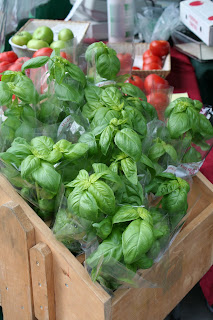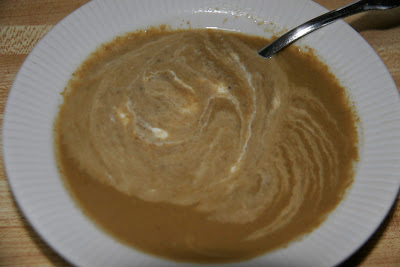 YES, to Union Square Greenmarket, between 14th-17th Sts. along Broadway, Manhattan. Open Mon. Wed. Fri. and the big day, Sat. 8am-6pm.
YES, to Union Square Greenmarket, between 14th-17th Sts. along Broadway, Manhattan. Open Mon. Wed. Fri. and the big day, Sat. 8am-6pm. NO to cut flowers in full
NO to cut flowers in fullbloom. Expect to get only 2-3
days in a vase
before they'll expire. YES to
cut flowers in the bud stage
just starting to unfurl, so you
can enjoy them for a full week.

YES to a tasty,
colorful selec-
tion of potato
varieties, care-
fully stored
since last sum-
mer.(Double
click on any
photo for
close-up view)

NO to any variety of basil plants
unless you're willing to baby
them for three weeks until time
to place in the garden. Basil is
the herb most damaged by cold
weather and cool soil. YES, buy
for cooking now if you like.
YES to tasty, hydroponically
grown tomatoes.
YES to a wide variety of salad
greens, red and white kale,
Swiss chard, all greenhouse
grown. YES to mushrooms
and pungent wild ramps.
More about those next week.
 YES to thyme and other
YES to thyme and otherperennial herbs that are ready
to be planted
immediately.
Use creeping
thyme be-
tween the
cracks of any
garden path
for an aromatic
and cushiony
walkway.

YES to an orchid, though it may not feel like a spring flower. If you've been itching for one, try Silva's Orchid Farm.
I've known them over the years
for their fantastic displays at the
Philadelphia flower show, never knew they sold in New York City. At Union Square they have a
wide selection of healthy and attractive plants. Select one with lots of buds and little bloom, to get the most enjoyment this season.
YES to a sweet treat before
you go home. From all the
muffins, scones and lemon bars, I opted for a small sack of pure maple sugar candy studded with pecans from the Deep Mountain Vermont maple syrup guy. They've been coming every year for 25 years, Grandfathered into the New York City Greenmarket despite their distance from the city. The 1/4 pound of deliciousness lasted for almost a week, as I nibbled my way through the bag wondering when I could go back for more.

































